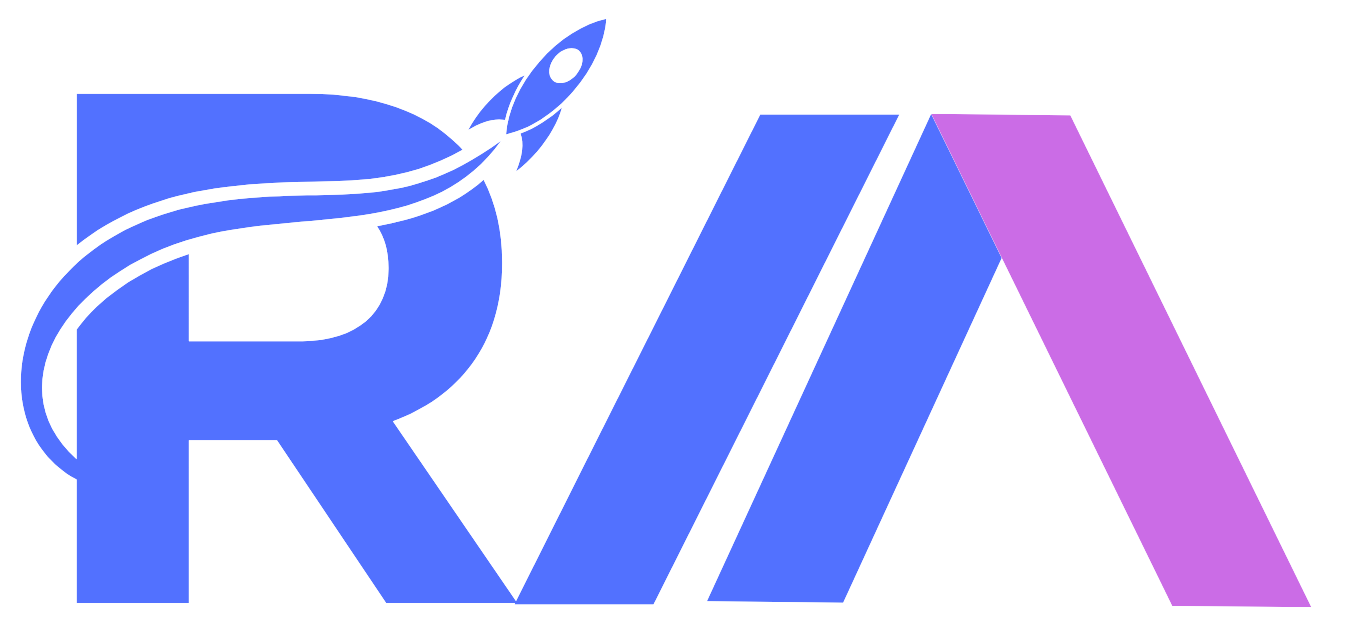The Basics of Paid Media Marketing: What You Need to Know

In the ever-evolving digital landscape, standing out isn’t just a matter of creativity—it’s about strategy. Paid media marketing has become the key to unlocking growth, enabling businesses to reach the right audience at the right time with precision and measurable impact. Whether you’re a budding entrepreneur or an established brand, understanding paid media is essential for crafting campaigns that deliver results.
What Is Paid Media Marketing?
Imagine your brand as a message in a bottle, floating in a vast ocean of content. Paid media is the engine that propels your message directly into the hands of your audience.
At its core, paid media involves investing in advertisements to promote your business across digital platforms. It ensures immediate visibility, helping you capture your audience’s attention before competitors do. Paid media includes:
- PPC (Pay-Per-Click) Ads: Pay only when users click on your ads, commonly used in Google Ads.
- Social Media Ads: Highly visual and engaging promotions on platforms like Facebook, Instagram, and TikTok.
- Programmatic Ads: Automated ad buying that ensures your message is seen on the right platforms.
- Display Ads: Bold and visually enticing banners on websites or apps.
Why Is Paid Media Marketing a Game-Changer?
The digital world is crowded. With organic reach declining on many platforms, paid media marketing gives you the power to cut through the noise. Here’s how:
1. Instant Gratification
While SEO and organic strategies take time, paid media offers immediate results. You can launch a campaign today and start seeing traffic, leads, or sales within hours.
2. Hyper-Targeted Precision
Why shout into the void when you can speak directly to the people who matter? Paid media platforms offer robust targeting options based on location, interests, behaviors, and demographics.
3. Budget-Friendly Flexibility
With options to start small and scale up, paid media ensures you get a return on every dollar spent. Real-time analytics allow you to optimize spending on the go.
4. Enhanced Brand Awareness
Paid ads put your brand in front of thousands—even millions—of potential customers. Repeated exposure builds trust and recognition, turning casual viewers into loyal customers.
Key Components of a Paid Media Strategy
1. Set Clear Goals
Whether you want to boost brand awareness, drive website traffic, or increase sales, your campaign’s objectives will shape its design and success metrics.
2. Understand Your Audience
Dive deep into audience insights. Who are they? What do they need? Tailoring your message ensures it resonates and converts.
3. Select the Right Platforms
Each platform serves unique purposes:
- Google Ads: Captures high-intent users searching for specific solutions.
- Instagram and TikTok: Perfect for visual storytelling and engaging younger audiences.
- LinkedIn: Best for B2B marketing and professional networking.
4. Craft Engaging Creatives
The digital world is full of distractions. Eye-catching visuals, compelling headlines, and strong calls-to-action (CTAs) are non-negotiable.
Popular Paid Media Platforms and Their Benefits
1. Google Ads
Google Ads dominates the paid media space with its ability to target users actively searching for solutions. From text-based search ads to visual display ads, it offers unmatched versatility.
2. Facebook and Instagram Ads
With billions of active users, these platforms are ideal for showcasing visually driven campaigns that captivate and convert. Advanced targeting features ensure your ads reach their intended audience.
3. YouTube Ads
Video is king. Whether it’s pre-roll ads or skippable in-stream ads, YouTube offers dynamic ways to connect with audiences.
4. LinkedIn Ads
Want to target decision-makers and industry professionals? LinkedIn’s unique user base is perfect for B2B campaigns.
Secrets to a Successful Paid Media Campaign
1. Invest in Data-Driven Insights
Use tools like Google Analytics or Facebook Insights to refine your strategy. Track every click, impression, and conversion to uncover what works best.
2. Optimize for Mobile
Over 60% of ad clicks come from mobile devices. Ensure your campaigns are mobile-friendly, from the ad design to the landing page experience.
3. A/B Test Everything
Test different ad variations to see what resonates. Experiment with headlines, visuals, and CTAs to find the perfect combination.
4. Leverage Retargeting
Most users won’t convert on their first visit. Retargeting campaigns bring back those visitors and encourage them to take action.
The Future of Paid Media
As technology advances, paid media continues to evolve, offering new ways to connect with audiences:
1. AI-Powered Campaigns
Artificial intelligence is transforming paid media. From smart bidding algorithms to predictive analytics, AI ensures your campaigns are optimized for maximum ROI.
2. Voice Search Optimization
With the rise of voice-activated assistants, brands are exploring voice search advertising to capture conversational queries.
3. Interactive Ads
From augmented reality experiences to clickable polls, interactive ads are redefining engagement.
4. Personalized Campaigns
Audiences now expect tailored experiences. Platforms are doubling down on dynamic ads that adapt to user preferences in real-time.
Common Pitfalls to Avoid
While paid media offers endless possibilities, there are challenges to watch out for:
- Ignoring Analytics: Without regular performance tracking, you’re flying blind.
- Overlooking Mobile Users: A desktop-first strategy can alienate mobile audiences.
- Failing to Refresh Creatives: Ad fatigue can hurt performance. Keep your content fresh and engaging.
Balancing Paid and Organic Strategies
Paid media shines brightest when paired with strong organic efforts. Organic strategies build credibility, while paid campaigns amplify reach. Together, they create a sustainable and impactful digital presence.

Conclusion
Paid media marketing is more than just placing ads—it’s about building connections, driving results, and staying ahead of the competition. By mastering the basics and embracing innovation, you can craft campaigns that resonate, engage, and convert. Whether you’re a small business or a global enterprise, paid media is the key to unlocking your full potential in the digital world.





